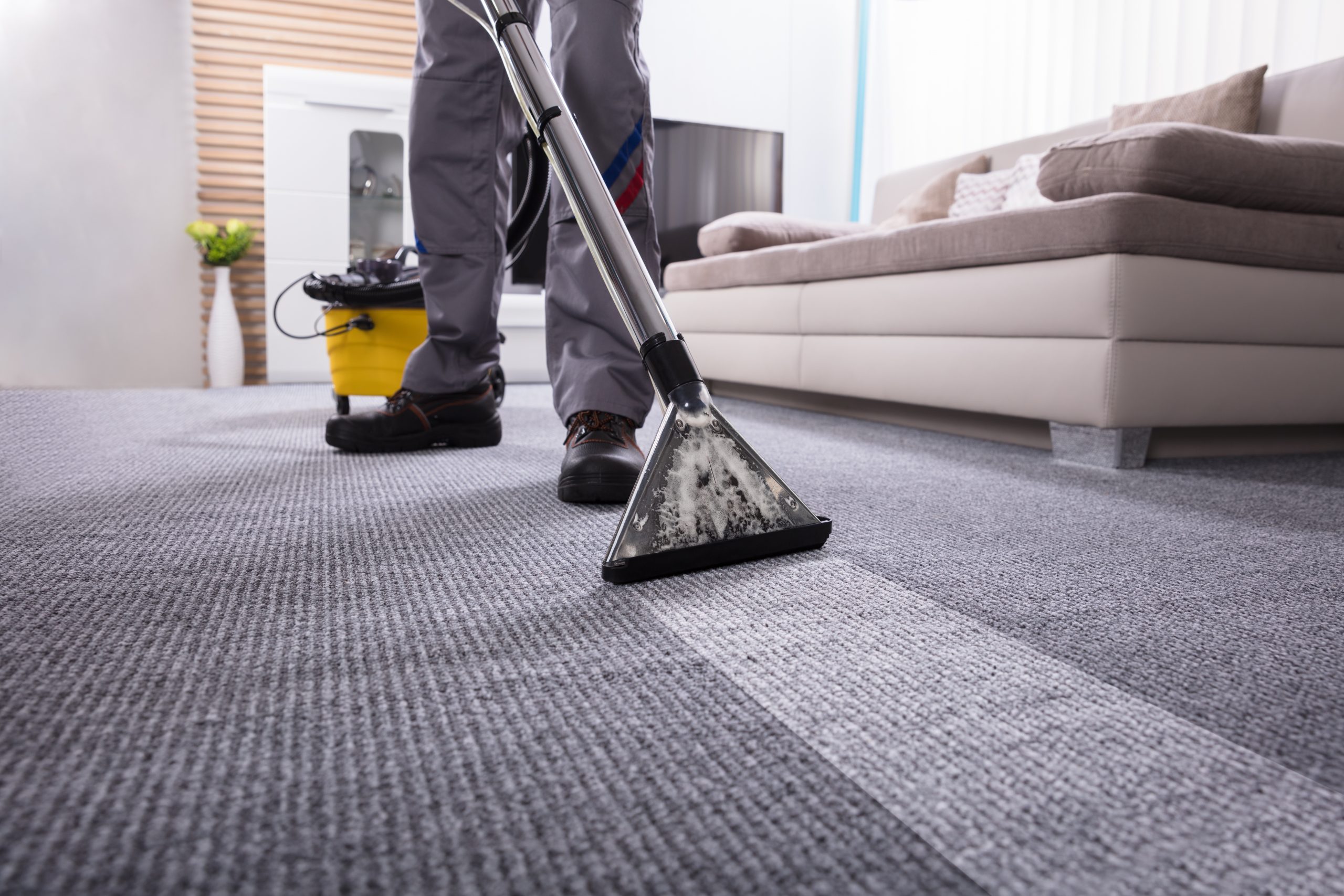Cleaning Procedures for Sealed Cleaning Tiles & Surfaces

The following procedure should be followed for all newly sealed tiles and/or for tiles that have been sealed previously and needs routine cleaning. This procedure can also be followed for glazed ceramic tiles (or any tiled surface that does not require sealing).
Various types of sealed tiles that we recommend this procedure for include:
- Terracotta
- Terrazzo
- Marble
- Travertine
- Granite
- Sandstone
- Slate
- Concrete & cement tiles
- Vinyl
- All Natural stone products
- Epoxy and polyurethane coated surfaces
The first point to keep in mind is to keep staining of the tiles to a minimum – 80% of the dirt that gets into your house or office is “walked” in through the front door. Another 10 to 15% is been blown in through the windows and the rest comes in through the roof or ceiling. If you however have a thatch roof the amount of dirt coming through your ceiling can even be as much as 25%. By putting carpets at the entrances, up to 80% of the dirt can be trapped even before it enters your house or office. We recommend a soft type of carpet at the entrance that will be capable of catching dry as well as wet dirt. (i.e. “Dirt Trapper” or Matco or similar products that can be obtained from any Makro, Game, Builders Warehouse or big hardware stores).
The second important point is to use a vacuum cleaner for picking up the dust and loose dirt. A broom can pick up approximately 75% of the dust where a vacuum cleaner can pick up as much as 95%. Always use a brush type vacuum head attachment as a metal or hard plastic brush heads can scratch and damage the sealer on top of your tiles.
Make sure that you clean the daily spills by using a diluted mixture of a neutral detergent and water. By cleaning the spills as they occur, you can decrease the amount of times that the floor needs to be cleaned and thereby increase the lifespan of the sealer on your tiles.
Always use a “two bucket system” for the washing procedure. Dilute a neutral detergent according to the manufacturer’s instructions in lukewarm water in the first bucket. Put normal cold tap water into the second bucket (for rinsing purposes). Use a mop with the neutral detergent from the first bucket to wash and scrub the tiles. Rinse the mop out in the second bucket and ensure the mop is clean before you put it in the first bucket to continue with the next area to be cleaned. By using the “two bucket system” you will ensure that the bucket with detergent stay clean for longer. The second bucket with the rinsing water can be discarded and refilled with normal tap water as required.
In the above procedure I keep on referring to NEUTRAL DETERGENT. The reason for this is that when using either acid-based or alkaline-based detergents you can damage the sealer on top of the tiles and even strip the sealer completely. We use alkaline-based strippers to remove old and/or damaged sealer coatings from tile surfaces. Any detergent that is used to wash your clothes with i.e. Surf, Skip, Omo, Handy Andy etc. may NOT be used on sealed surfaces for maintenance cleaning. If you go to the other side of the Ph scale (to the acidic side – below a pH value of 7) and use vinegar or lemon juice or any acid-based cleaning chemicals for that matter – it will also damage your sealer coating over the long term.
You can make your own NEUTRAL DETERGENT by mixing a small amount (between 30 to 60 ml) of Sunlight Liquid dishwashing detergent in 10 liters of lukewarm water in a bucket. You may increase the amount of Sunlight Liquid if you so desire or if the tiles are very dirty. You can use any dishwashing liquid, the no-name brands you buy at Pick ‘n Pay or Shoprite/Checkers work just as well. DON’T use too much of the concentrated detergent as it will leave a sticky residue on your tiles surface and dirt and/or dust will stick to the tile surface. Another secret to keep in mind is to use lukewarm water in your first bucket – for every 10 degrees that the water temperature increases, your cleaning power of the solution doubles! “Lukewarm water” generally means between 98 and 105 degrees Fahrenheit, 36.5 to 40.5 Celsius. When you run the water on your wrist and it feels warmer than your body temperature, but not hot, that should be just about right.
It is not recommended that you use the above procedure for cleaning solid wood, engineered wood or laminated wood surfaces. The Sunlight Liquid is designed to remove oil from dishes and will therefore remove the essential oils from the wood and leave the wood surfaces dull and dry. The method used to seal and clean wooden surfaces can be obtained from the supplier and/or contractor that installed your wooden surfaces.
